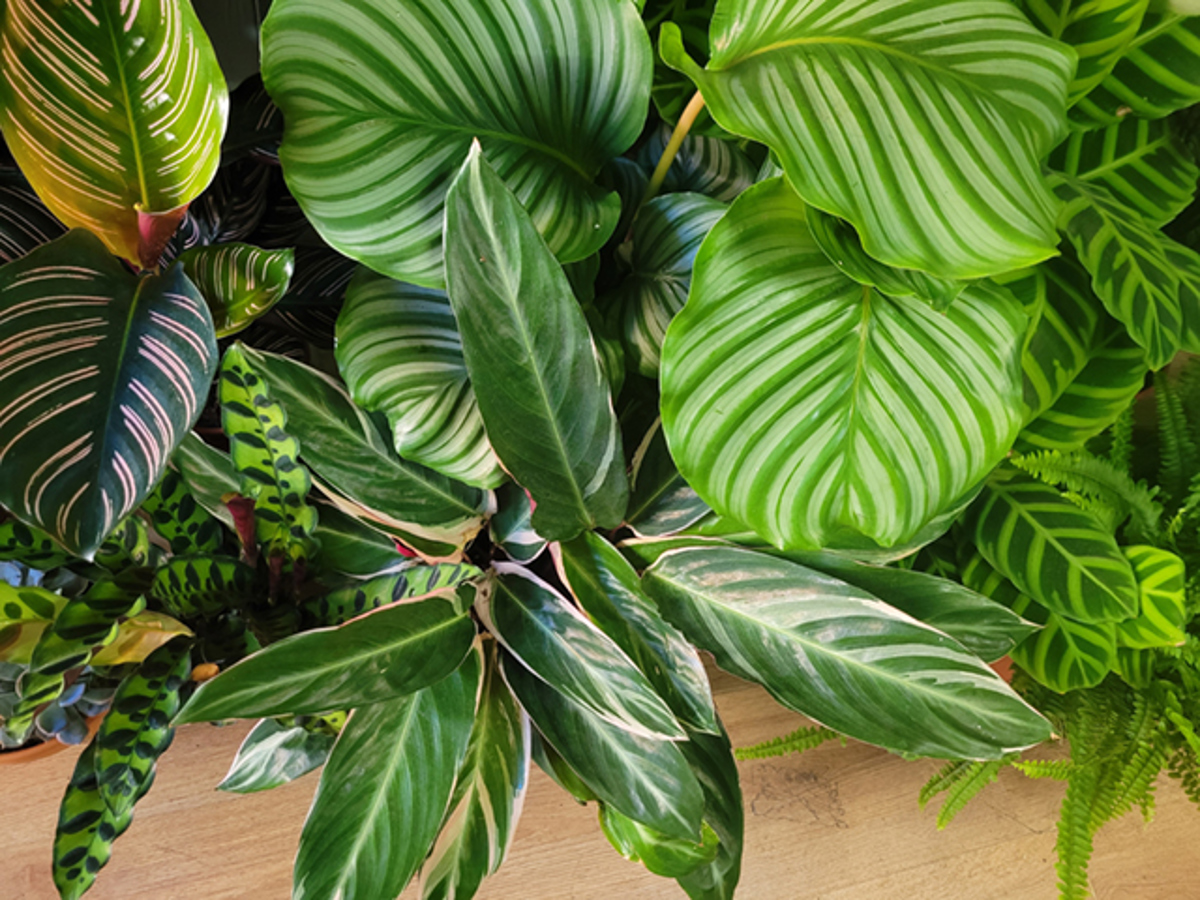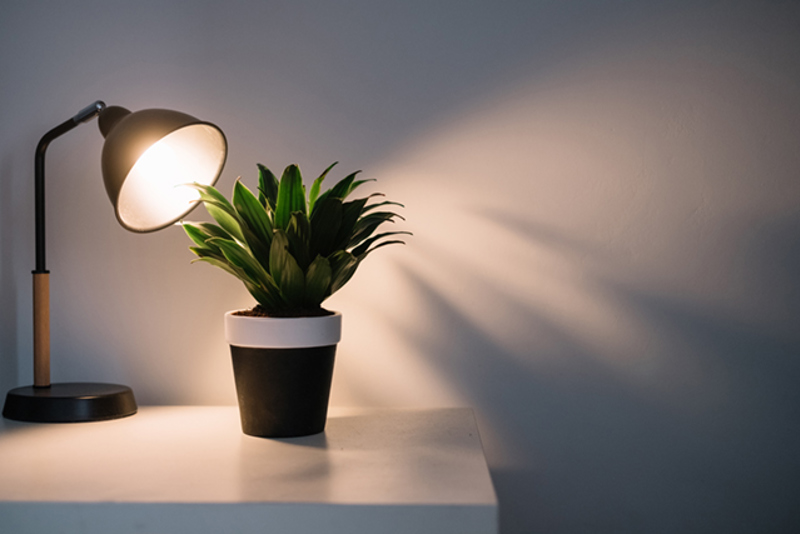Yates Account
Join now
Create a Yates account today!
Sign up to join the Yates Garden Club for monthly e-mails packed with seasonal inspiration, tips for success & exclusive promotions.
Plus if you’re a Garden Club member you can take part in the Yates Growing Community - a blog to share successes, get advice & win prizes in fun challenges along the way!

Forgot password
Enter the email address associated with your account, and we'll email you a new password.

With winter in full swing, you might have noticed your indoor plants looking a bit sad and dejected. Just like you, your plant babies respond to the seasons by changing their behaviour. But while you’re slipping on your uggs and basking by the heater, that’s probably not what your plants need. You prefer winter indoors to be warm and dry; they want it warm and tropical-humid.
Winter is the time to adjust your care routines, to set them up for a lush spring. So, get yourself mentally prepared to move plants around the house!
Watering
Overdoing the water is the biggest cause of fatalities over the cold season. The trick is to keep plants barely moist, but not saturated and definitely not with wet feet. Make sure there isn’t any standing water in the bottom of your nice ceramic pot liners, empty them out. You can cut right back on watering through winter, with very few exceptions.
Leathery toughies like ZZ Plants and Mother-in-Law’s Tongue only need watering in winter when they completely dry out. For most other popular houseplants, don’t water by the calendar; it’s better to use your “finger moisture meter”. Poke your index finger into the potting soil to the first knuckle – if it feels dry at your fingertip, you can water, but not too much. If it’s moist, wait a bit longer. This approach suits glossy or waxy-leaved plants like Philodendrons, Devil’s Ivy, Monstera, Ficus, Anthuriums, Alocasia, Hoyas, Peperomias, Fatsia and Aspidistras. Plants with soft, lush leaves (Ferns, for example) will be a little thirstier.
Humidity
Most types of indoor heating will dry out your home. If you’re interested in the science behind it, do a search on “relative humidity”. This has a big effect on houseplants; in high temperature and low humidity situations, plants transpire (release moisture through their leaves) faster, which means they dry out faster. Considering a lot of indoor favourites have a high-humidity tropical origin, that’s not ideal!
There are a few things you can do to improve conditions for your plants.
- It’s a great idea to group similar plants close together, because it creates a little humid microclimate around them
- You can fill a plastic drip tray with large pebbles, part-fill with water and sit your plant on top of the pebbles to increase humidity
- You can mist spray plant foliage a few times a week, or even pop them next to the shower while you’re in it
- In fact, it’s not a bad idea to just move your humidity-lovers into your bathroom for winter. If you get a bit of condensation in the bathroom, it’s ideal! Another spot worth considering is beside the kitchen sink

Temperature
Plants usually adapt to normal indoor temperatures and actually benefit from the temperature dropping at night. Fluctuating or extreme temperatures aren’t good though; avoid putting plants near heat sources, or in cold draughts.
Windows can radiate cold on frosty nights, so move your babies away from the glass. If you can close curtains or blinds behind them it helps insulate them.
Light levels
Light powers plants. Shorter daylight hours in winter can mean your plants aren’t getting enough light to stay healthy until spring. Grow lights are excellent to compensate but can be expensive.
If you only need the extra light for the cold season, you can get away with supplementary light from a desk or gooseneck lamp. Go for very bright ‘cool daylight’ LED bulbs, with a colour temperature of at least 6500k. Choose something powerful, preferably 10W or higher; when you’ve finished using it for plants you can swap the bulb to the kitchen light! The trick is getting the bulb physically close to the plants, which is why a moveable desk lamp is ideal.

Moving for the winter
Because the sun’s altitude in the sky shifts during winter, so do the sunny spots in your house. The simplest answer to the challenge of low light levels is to move all your plants to a better spot. Bright indirect light is best and a decent dose of morning or afternoon sun is perfect.
We like to think of this as an opportunity to re-style our plant collections!
Fertilising
In winter, “less is more”. Plant metabolism naturally slows down over winter and a lot of plants go dormant as part of their growth cycle. They simply don’t need as much feeding; some types will be perfectly happy to fast for the whole cold season.
Some tropicals and trailing plants will stay awake during winter though, so if you want to feed you can use Yates Thrive Indoor Liquid Plant Food, diluted at the lowest ‘sensitive plant’ rate.
Grooming and Pest checks
Keep an eye out for fungus or pests, winter is a common time for them to strike. Good grooming is important to help keep diseases from getting started – strip off any dead or dying leaves and flowers straight away and discard them.
Powdery mildew commonly appears on potting soil or leaves during winter. To treat it, isolate the plant, stop misting and spray with Yates Fungus Gun.
Fungus Gnats probably win the prize for the most irritating indoor winter pest. You can tackle fungus gnats with Yates Gnat Barrier, which forms an attractive physical barrier over the surface of your potting soil.
















Share
Share this article on social media